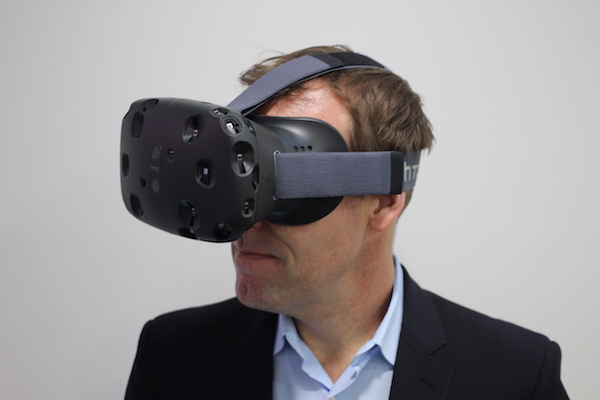
Video game developers have become very effective over the years at getting players addicted to their products, much like gambling gets its hooks into people. But while gambling and games get you hooked into potentially harmful habits, the ways by which they entice people to become addicted have the possibility to be extremely helpful in a positive and productive way when used in the right setting and with the right purpose. In the following article, we’ll explore how games are able to be so addictive, how gamifying learning can be effective for teaching, and how you can use reward based systems in the classroom. If you are at all concerned about security when downloading and installing games on workstations, make sure you have McAfee on your computer.
Games use a reward feedback system to encourage continual play. A sense of progress and growth keeps people coming back because they feel good when they accomplish something. Kids (and adults) play addictive games and become so obsessed that they buy hosting just to brag about what they’ve done, or rant about what they can’t do. Think about why gamers sink so many hours playing Call of Duty, or Skyrim, or…
